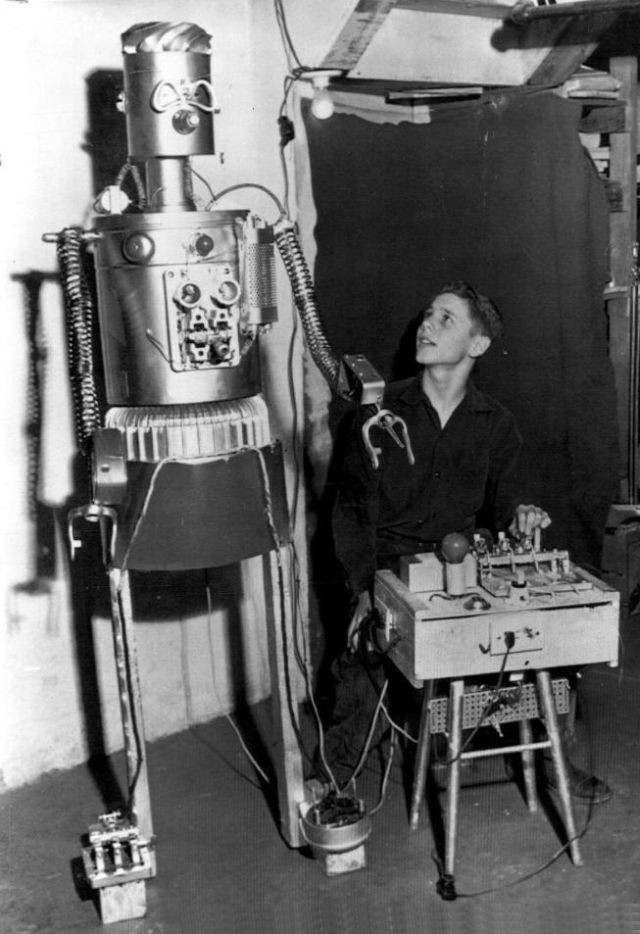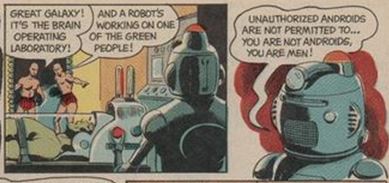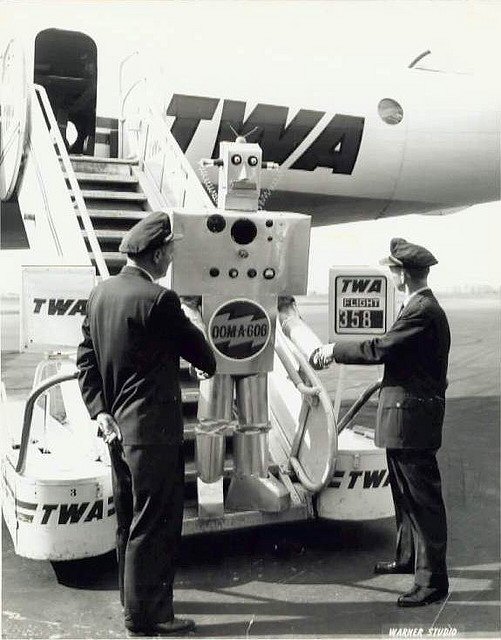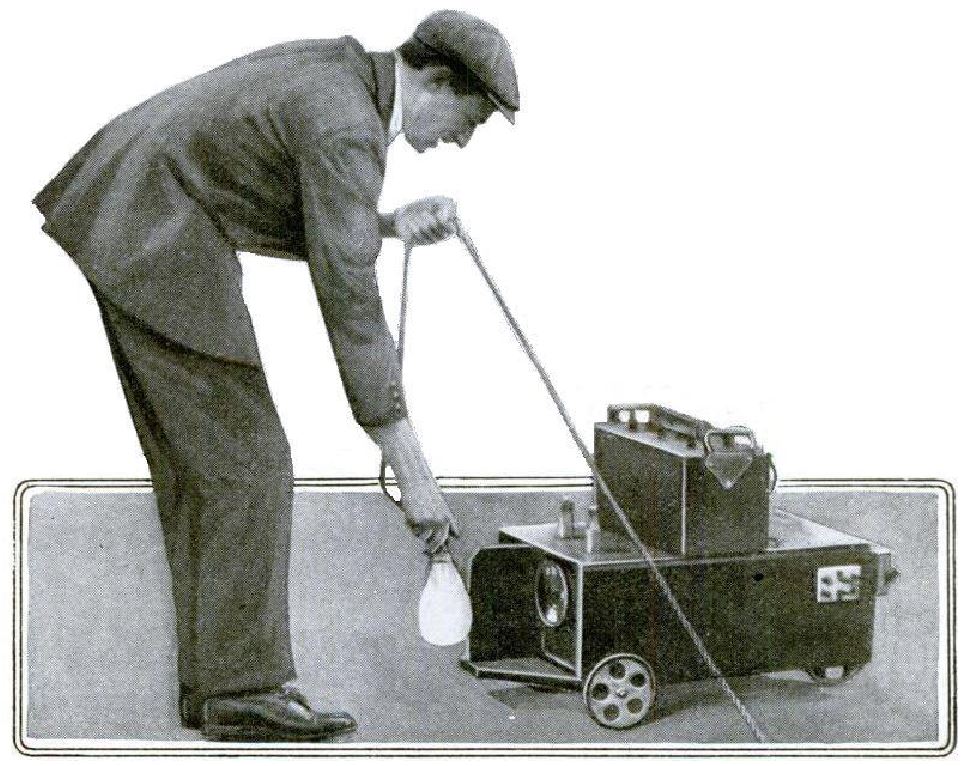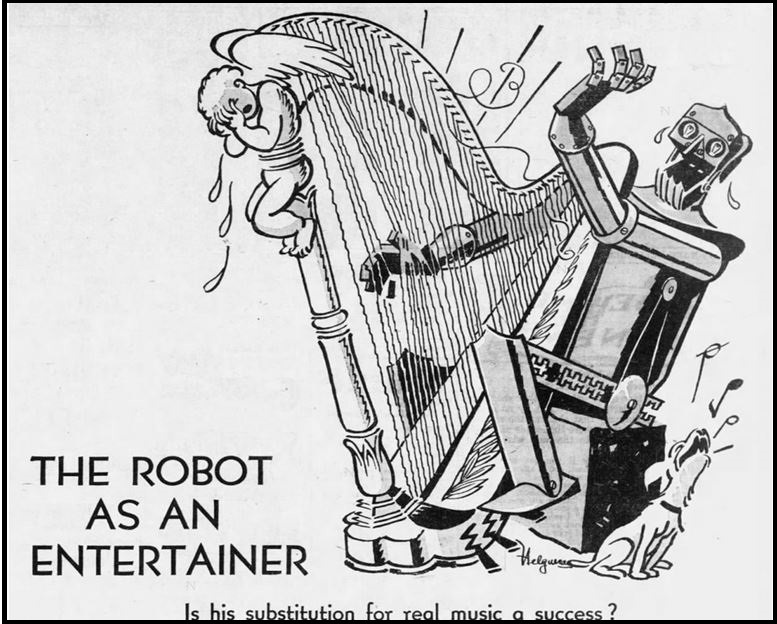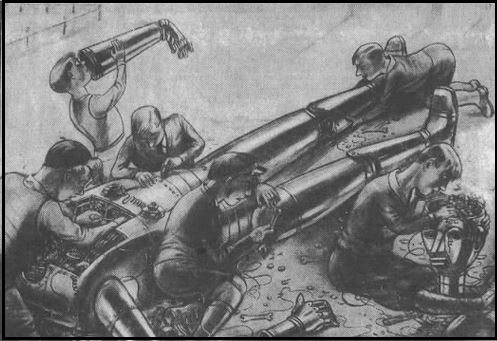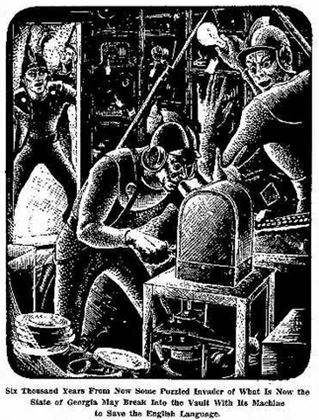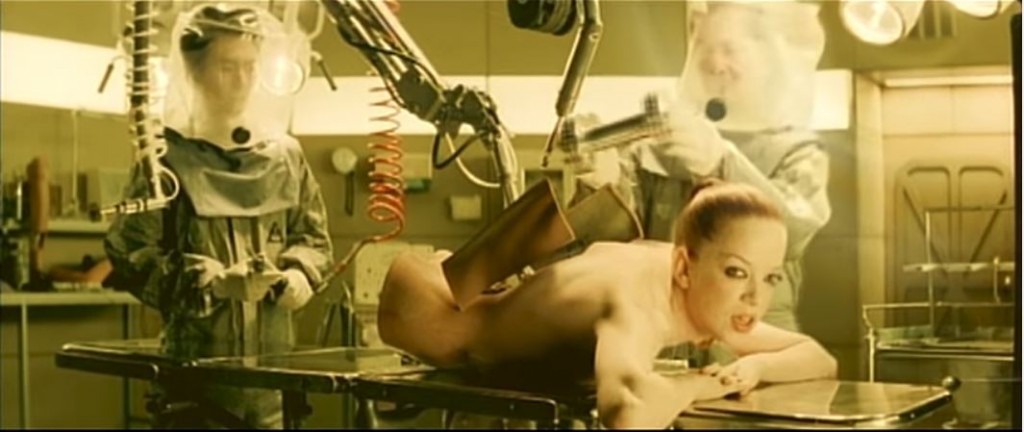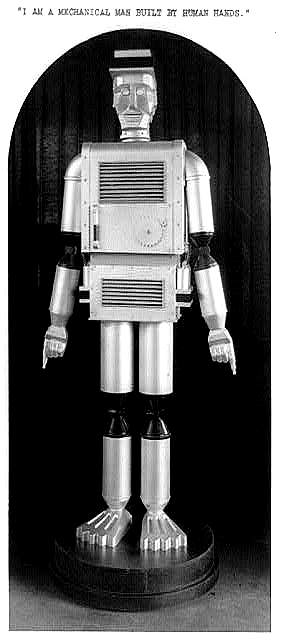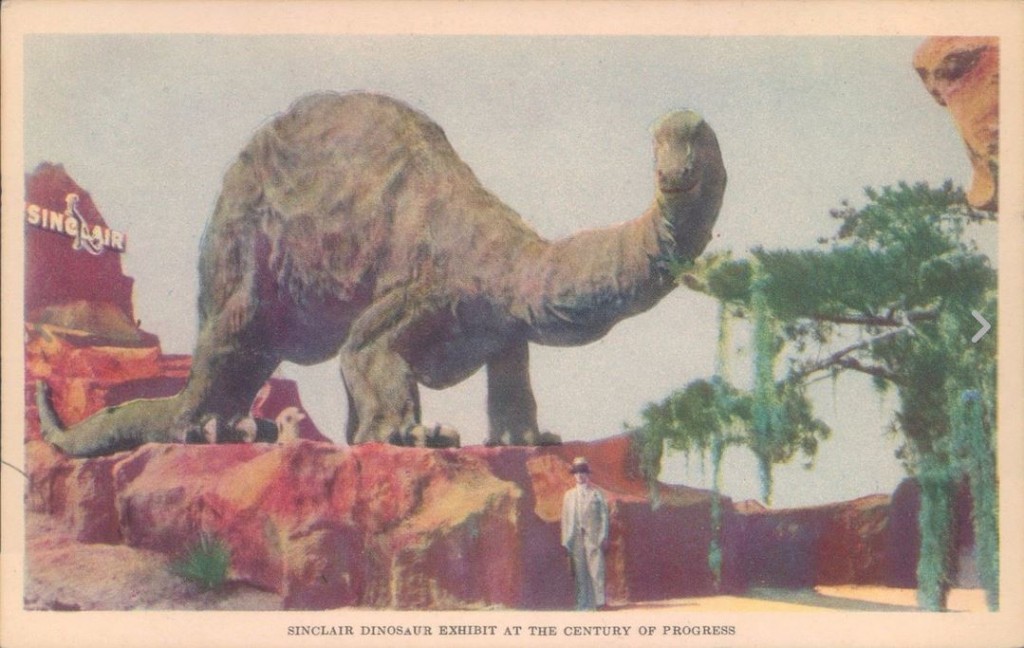Gismo the Great
Would be Tom Swifts in the 1950s had a huge advantage that earlier generations of teens lacked. They had junk. Piles of it. After two decades of needing to keep every piece of machinery and electronics running because parts and replacements were impossible to come by or too expensive to buy, the booming post-war economy finally allowed families to slide aside the old in favor of the new. One old habit remained. The junk didn’t get tossed. Much of it accumulated in corners of the amazing new rooms called garages that city-dwellers found attached to their new suburban homes.
Tom Swift wasn’t the first to emulate, nor was his ilk confined to fiction. The occasional lucky boy with indulgent and well-to-do parents turned their homes into miniature Menlo Parks as soon as batteries and wires and bulbs appeared. L. Frank Baum wrote about his 15-year-old son Rob in 1902.
He fitted up the little back room in the attic as his workshop, and from thence a net-work of wires soon ran throughout the house. Not only had every outside door its electric bell, but every window was fitted with a burglar alarm; moreover no one could cross the threshold of any interior room without registering the fact in Rob’s workshop. The gas was lighted by an electric fob; a chime, connected with an erratic clock in the boy’s room, woke the servants at all hours of the night and caused the cook to give warning; a bell rang whenever the postman dropped a letter into the box; there were bells, bells, bells everywhere, ringing at the right time, the wrong time and all the time. And there were telephones in the different rooms, too, through which Rob could call up the different members of the family just when they did not wish to be disturbed.
(You can read more about the book Rob inspired, The Master Key: An Electrical Fairy Tale: Founded Upon the Mysteries of Electricity and the Optimism of Its Devotees. It Was Written for Boys but Others May Read It. at Baum’s Magic Pills on my FlyingCarsandFoodPills website.)
